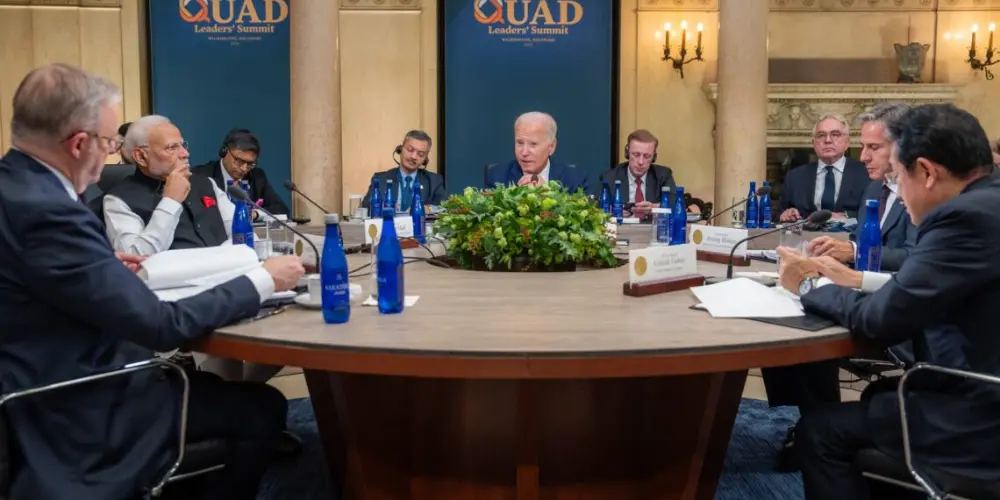Latest

Author
Amid an unprecedented global health crisis, health journalists faced a double whammy – one to report effectively on the pandemic and the other to fight the tide of misinformation which spread faster than the virus itself. Here is an analysis of how fake news hit India at various stages during Covid-19.
By Nabeela Khan
Till a few months ago, while we were exploring how fake news has impacted public health, we focussed on vaccination hesitation, fake cures about cancer and HIV as some of the main reasons which are increasingly harming lives.
Today, a novel disease, Covid-19 has challenged the fact-checking community across the globe to work round the clock and yet wake up to deal with a spiraling ‘infodemic’ crisis.
According to the Reuters Institute for the Study of Journalism, “independent fact-checkers have moved quickly to respond to the growing amount of misinformation around COVID-19; the number of English-language fact-checks rose more than 900% from January to March.”
We, at Health Analytics Asia, fact-checked 70 stories with a key focus on ‘unscientific claims’ related to Covid-19 in India and parts of Asia. From January 27th to date, we came across many social media posts, viral messages, and YouTube videos with unscientific claims and misleading assertions on how the virus originated, how it spreads, how it can be treated, and how one can further prevent it by simple home cures.
Here is an analysis of fake news which eventually led to an infodemic surge.
First wave – misinformation about the origin of the virus:
During the first week of our coverage, the majority of stories debunked were related to the origin of the virus including bat infestation, transmission through pigs, and how China is killing pigs. From focussing on animals, the theories shifted to misinformation around how food items like eating Chinese origin oranges may infect a person with Covid-19. One of the prominent viral, but fake campaigns was about the virus being created in a lab and funded by the Bill Gates Foundation. These campaigns are still live on social media and repeatedly get wide recognition even after 4 months of battling this misinformation.
The second wave – Old images and video circulated creating fear:
The second wave of misinformation was flooded with a lot of old videos and photographs of people falling ill, China killing people to contain the virus, how Dettol and weed can help kill the virus, or how certain races or religions are not getting affected. During this time (mid-February) India saw a lot of celebrities and influencers falling prey to misinformation and sharing it widely. However, social media websites have been quick in responding to such posts. We found that most of the videos during this time were re-plugged, wrongly captioned, and circulated most often with a narrative of ‘urgency’ and how to protect or how not to catch the virus and not necessarily to spread fear. However, this eventually led to an atmosphere of fear and panic among the general public. Towards the end of February, misinformation started showing unfortunate results: India reported its first case of suicide due to fear of coronavirus, there was a major decline in poultry and consumption of poultry products, and Iran reported more than 700 deaths after being poisoned by bootleg alcohol in early March – the victims had reportedly consumed methanol, responding to fake news that alcohol prevented the coronavirus infection.
Third-wave – the ‘Cures’
The third wave of widespread misinformation about cures gained impetus in mid-March in India, although it was popular since inception. These messages and videos were widely circulated, and garnered maximum shares and like according to the stories fact-checked during that time period. Social media including Twitter, Facebook, and Whatsapp are hotbeds of such misinformation. More than 90% of our stories on fact-checking cures highlight that the information was received from one of the social media platforms. We noticed that the names of famous hospitals and doctors were added to these messages to lend credibility. Some of them even cited research studies to lend authenticity to these messages. Among the “cures” highlighted were benefits of lemon, tea, gargling with hot water and salt, to aspirin, and so on.
Fourth wave – Lockdowns:
Over the past one month, India has been dealing with messages and claims about protocols of lockdown laid by WHO. One such claim was about a directive on when not to step out because the virus reportedly has maximum potency and can impact anyone. In India, fake news about the extension of lockdown was spread before the official announcement of every lockdown. This led to panic buying, hoarding of household products, and food supplies. Furthermore, messages and social media posts being circulated these days are crediting information to government offices, policy papers, or institutions like WHO to gain credibility while continuing to mislead people in one way or the other.










